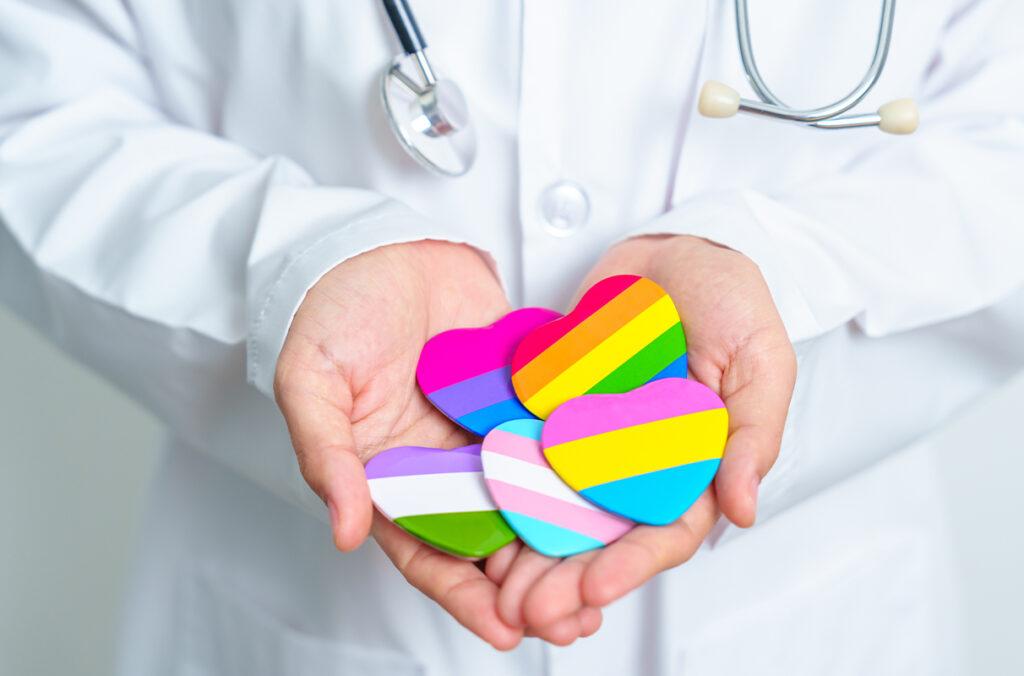Why Gender-Affirming Healthcare Matters More Than You Think

If you’ve been paying attention to the news lately, you’ve probably noticed that “gender-affirming healthcare” gets talked about a lot. And let’s be honest—the conversation can get pretty heated. Some people see it as essential, life-saving care, while others treat it like some kind of radical new idea.
Here’s the thing: when you strip away the politics and the noise, gender-affirming healthcare is actually pretty straightforward. It’s about helping people live healthier, happier, more authentic lives. And for many transgender and non-binary folks, it’s not optional—it’s necessary.
What Counts as Gender-Affirming Care?
One of the biggest misconceptions is that gender-affirming care is just about surgery. In reality, it’s a whole spectrum of support. Here are some examples:
- Social changes: This can be as simple as respecting someone’s pronouns, calling them by the name they’ve chosen, or letting kids wear clothes that reflect who they are. Social affirmation is often the first (and sometimes only) step people take, and it can make a massive difference in mental health.
- Medical care: This includes hormone therapy (like testosterone or estrogen), puberty blockers for adolescents, and surgeries such as chest reconstruction or facial feminization. These treatments aren’t about vanity—they help people feel at home in their bodies.
- Mental health support: Growing up in a world that doesn’t always understand or accept you can be tough. Therapy and counseling provide a safe space to deal with gender dysphoria, discrimination, and stress.
- Everyday medical care: Imagine going to the doctor for a sinus infection but worrying more about whether the receptionist will misgender you than about your health. Gender-affirming primary care means creating safe, respectful environments where people can access all kinds of routine healthcare.
The beauty of gender-affirming care is that it isn’t one-size-fits-all. Some people want medical treatment, others don’t. Some just want to socially transition. The point is that each person gets to choose the path that works best for them.
Why It Matters So Much
When people can access the care they need, the results are incredible. Study after study shows that gender-affirming care improves mental health, reduces stress, and even lowers suicide risk. For example, research has found that trans youth who get access to puberty blockers or hormones have far lower rates of depression and anxiety compared to those who don’t.
It’s not an exaggeration to say this care saves lives. It’s the difference between surviving and thriving. And beyond the medical side, it’s about dignity—being able to live as your authentic self without constantly fighting to be seen.
Busting the Myths
There’s a lot of misinformation floating around, so let’s clear up a few common myths:
- “It’s experimental.” Not true. Hormone therapy has been around for decades and is used safely all over the world.
- “It’s harmful to kids.” Puberty blockers have been used since the 1980s to treat children with precocious (early) puberty. In trans youth, they simply give young people and their families more time to explore their identity without rushing permanent changes.
- “It’s cosmetic.” Nope. While surgeries and hormones may change appearance, their purpose isn’t about beauty—it’s about reducing dysphoria, easing psychological distress, and helping people feel aligned with who they are.
The Barriers People Face
Even with all the research and medical backing, accessing gender-affirming healthcare isn’t easy. Here’s why:
- Laws and politics: In some states and countries, laws have been passed to limit or outright ban access to gender-affirming care, especially for minors. These laws often go against the recommendations of leading medical organizations.
- Cost and insurance: Hormones, surgeries, and ongoing care can get expensive. While some insurance companies cover them, many don’t—or they make people jump through endless hoops.
- Geographic limits: If you live in a rural area, finding a doctor who even understands gender-affirming care can be next to impossible. Many people have to travel hours just to see a provider.
- Stigma and fear: Discrimination is a huge barrier. Some trans and non-binary people avoid going to the doctor altogether because they’re worried about being misgendered, judged, or denied care.
A Glimpse Into the Future
Despite the challenges, there are reasons to be hopeful. More and more providers are being trained in gender-affirming care. Telehealth is opening up new doors for people in rural areas who don’t have local resources. Advocacy groups are fighting to protect access, educate the public, and push back against harmful legislation.
We’re also seeing growing awareness in everyday spaces—schools, workplaces, and even pop culture—about the importance of respecting people’s identities. That shift, slow as it may be, helps create safer environments where healthcare can actually do its job.
Why This Should Matter to Everyone
Even if you’re not trans or non-binary, gender-affirming care should matter to you. Why? Because it’s about basic human dignity. At its core, this isn’t a debate about politics—it’s about whether people deserve to live authentically and access the healthcare they need without barriers.
Think about it: we don’t question whether people with diabetes should get insulin or whether someone with cancer should get chemotherapy. In the same way, we shouldn’t question whether transgender and non-binary people deserve healthcare that meets their needs.
Final Thoughts
Gender-affirming healthcare is about more than medicine—it’s about respect, compassion, and giving people the tools to live fully. It doesn’t look the same for everyone, and it doesn’t need to. What matters is that people have the choice and the support to take the steps that feel right for them.
At the end of the day, it’s simple: when people are affirmed in their identities, they thrive. And a society where more people can thrive? That’s better for all of us.
- Art
- Business
- Causes
- Crafts
- Community
- Dance
- Drinks
- Education
- Fashion
- Film
- Fitness
- Food
- Games
- Gardening
- Health
- Home
- LGBTQ+ News
- Literature
- Music
- News
- Nature
- Networking
- Oddities
- Other
- Party
- Politics
- Religion
- Science
- Shopping
- Sports
- Theater
- Wellness



